The size and structure of an animal's brain play a major role in its behavior, perception, and intelligence. Although brain size is not completely equivalent to intelligence, it plays a key role in an animal's ability to adapt to complex environments, solve problems, and engage in social behavior. This article will review the top ten animals with the largest brains, from largest to smallest, based on brain size.
The sperm whale has the largest brain of any known animal, weighing about 9000 grams (9 kilograms). Although the sperm whale is very large and the proportion of its brain to its body weight is not high, its brain size is still amazing.
Sperm whales are one of the most social animals in the ocean. Their complex social structure and ability to communicate, especially through sound waves, indicate that they have a high level of intelligence. The sperm whale's brain plays a vital role in processing complex sound wave positioning, hunting strategies and social behavior.
Sperm whales are not only good at diving to extremely deep oceans to prey on large squid, but are also known for their highly social behavior, usually living in family units.
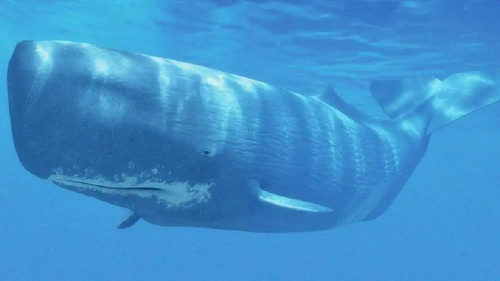
The brain of the African elephant weighs 5000 grams, the largest brain among land animals. The elephant's brain is not only large but also complex in structure, which gives them extremely high intelligence and learning ability.
African Elephants-Are-Endangered.html">elephants are one of the smartest land animals. They have a strong memory, complex social structure and emotional resonance. Elephants communicate with each other through infrasound and even express mourning for their deceased members.
Elephants are very united in social life, with a close matriarchal family structure. Members of the elephant herd will help, care for and protect each other. They show extraordinary cooperation and problem-solving skills.
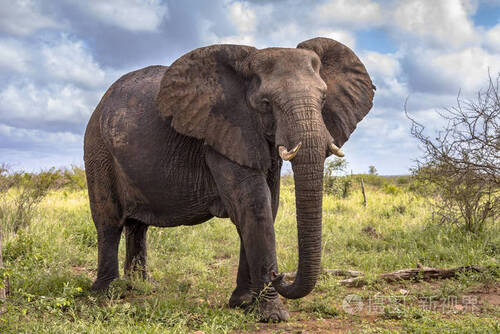
The brain of a pilot whale weighs about 4000 grams. Despite their relatively small size, their brain is second only to that of sperm whales among marine mammals.
Pilot whales are highly social and cooperative, usually moving in family units, displaying complex group behaviors and coordinated combat strategies. Their intelligence is reflected in their communication skills and complex social relationships.
Pilot whales are known for their highly social group life, forming groups of up to hundreds of whales, communicating and cooperating with each other through complex sound waves.

The brain of a humpback whale weighs about 3000 grams, which is also a large brain among whales.
Humpback whales are known for their complex "whale songs" that are used not only for communication but also for display and attracting mates. Their songs are characterized by complex structure and distinct rhythms, which indicates that they have a certain degree of creativity and expressiveness.
Humpback whales are known for their migratory habits, and they migrate thousands of kilometers every year. Humpback whales have complex social behaviors and often cooperate in hunting during migration.
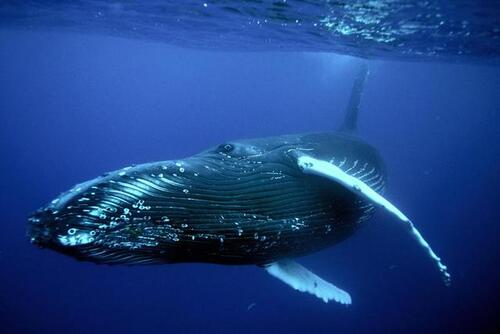
The brain of a bottlenose dolphin weighs about 1600 grams. Although it is much smaller than that of cetaceans, the ratio of brain to body is quite high compared to its weight.
dolphins.html">Dolphins are considered to be one of the smartest animals on Earth. They demonstrate advanced learning, tool use, social sophistication, and self-awareness. dolphins.html">Dolphins can even recognize themselves in a mirror, which is considered a symbol of advanced cognitive abilities.
Bottlenose dolphins are known for their highly social group living and complex language system. They are able to make different whistles to communicate and show amazing cooperation when hunting.
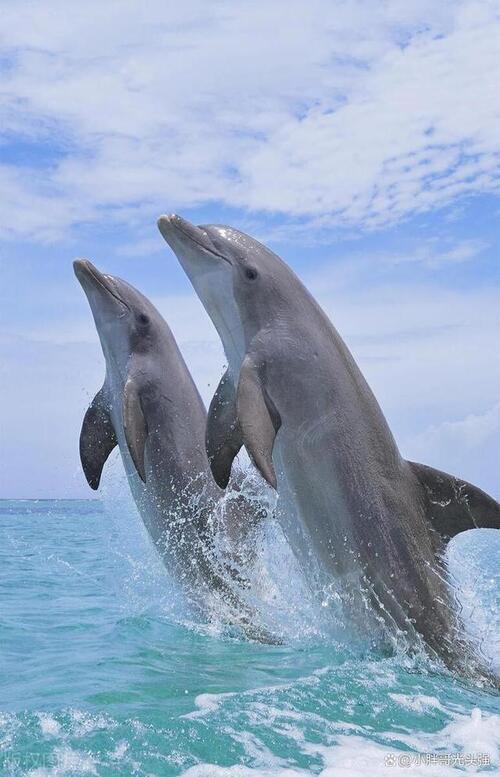
Sperm porpoises, commonly known as killer whales (Orca), are one of the largest and most intelligent members of the dolphin family. Their brains weigh about 6000 grams.
Killer whales are extremely intelligent hunters, able to adjust their hunting strategies according to different prey and environments. They have a complex social structure, forming family-based groups and showing strong social skills.
Killer whales have extremely sophisticated cooperative hunting skills and are often able to cleverly capture seals, fish and other aquarium/52-marine-animals.html">marine animals. They coordinate with each other through sound to ensure the success of the hunt.

As the largest animal in the world, the blue whale's brain weighs about 6000 grams.
Despite their large size, blue whales have a low brain-to-body ratio. However, blue whales demonstrate a certain level of intelligence in their long-distance migrations, social interactions, and acoustic communication, especially in sound transmission.
Blue whales are known for their extremely long migration routes and complex low-frequency acoustic communication capabilities, which help them stay connected across the vast ocean.

The gorilla's brain weighs about 500 grams. Although it is not as big as that of whales, its brain is still very large among primates relative to its body size.
Gorillas are highly cognitive, empathetic, and social. They are able to use tools, solve problems, and understand complex social relationships. Studies have shown that gorillas can even communicate with humans through sign language.
Gorillas, with their family as a unit, display a tight social structure and complex interactive behaviors. They have strong maternal instincts and the ability to care for their young, demonstrating a high level of intelligence among primates.
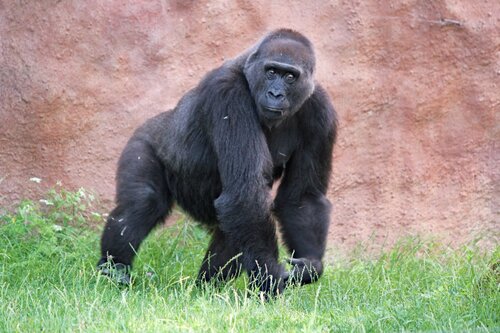
The brain of an orangutan weighs about 370 grams, ranking high among primates.
Orangutans display extremely high intelligence and are one of the smartest primates after humans. They can not only use tools, but also learn new skills through imitating behaviors, showing extremely high learning and adaptability.
Orangutans often live in the tree canopy, they are independent and highly adaptable. They can use branches to make tools to obtain food, showing complex thinking and planning abilities.
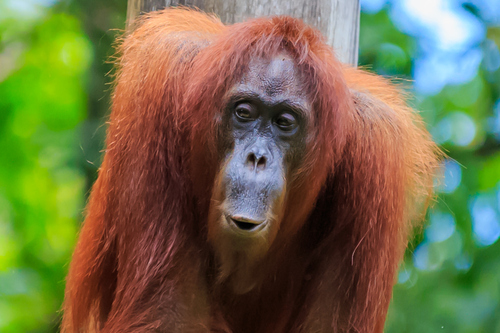
Although the human brain weighs about 1400 grams, the human brain-to-body ratio is the highest among all animals relative to body weight, which enables humans to have highly developed cognitive abilities and social behaviors.
The human brain is highly complex and has advanced abstract thinking, language skills, innovation and social interaction. The human brain allows us to be ahead of other species in terms of tool use, technological development and cultural heritage.
The human social structure is complex, and the organizational forms from family to national level show the high cooperation and coordination ability of human beings. Human beings continue to promote their understanding and transformation of the world through technological progress and scientific exploration.
Brain size plays an important role in the intelligence and behavior of animals, however, brain size is not absolutely related to intelligence. Although some animals have large brains, their cognitive abilities are closely related to their living habits, showing their own unique wisdom and behavior.
animal tags: humpback whale bottlenose dolphin sperm porpoiseblue-whale gorilla orangutan human sperm-whale African-elephant pilot-whale
We created this article in conjunction with AI technology, then made sure it was fact-checked and edited by a Animals Top editor.